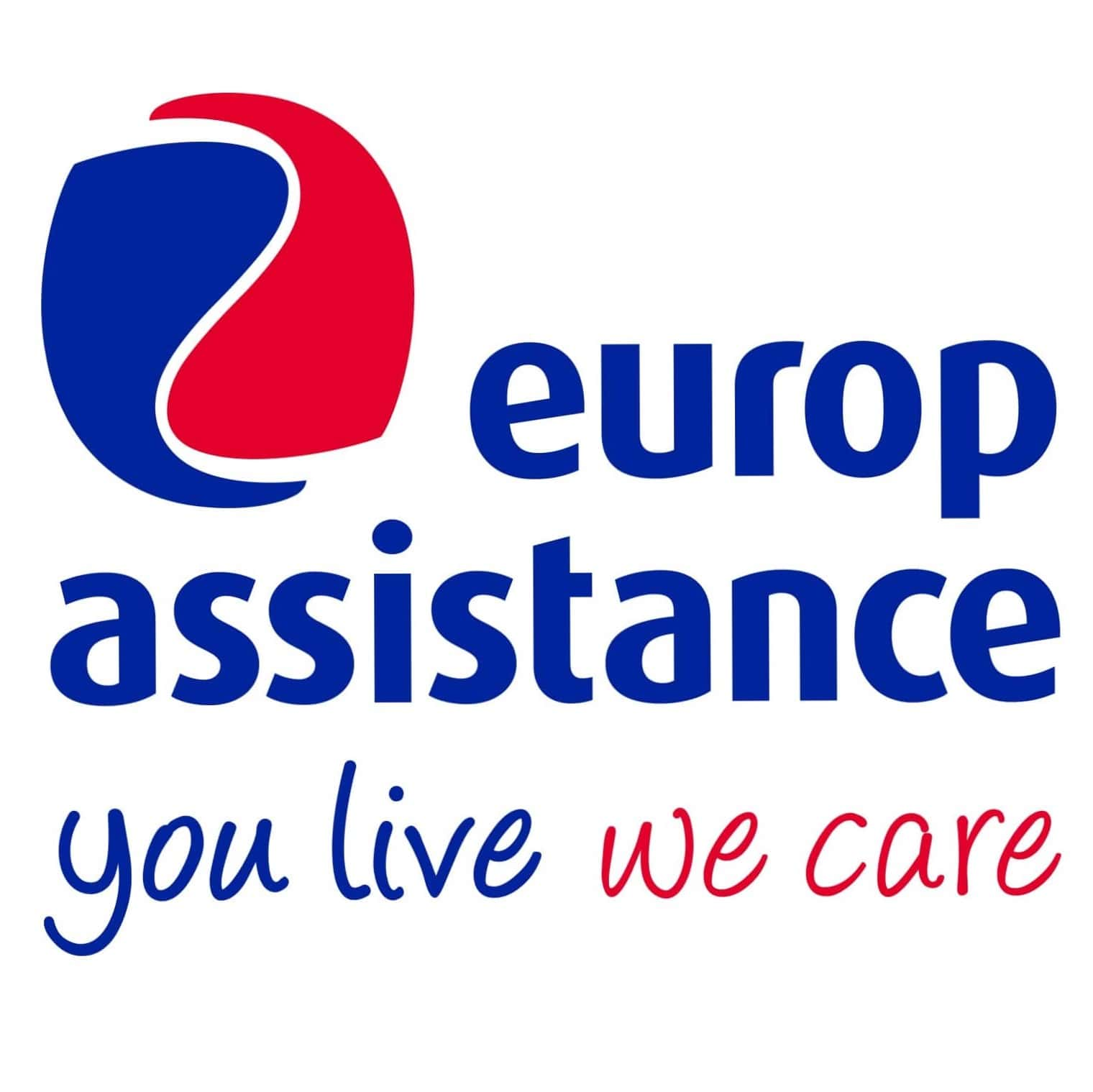Multiple-Entry Schengen Visa: Everything You Need to Know

The Schengen visa is the key to entering 29 European countries without passing through border controls again. But between validity periods, entry types, and multi-country itineraries, it raises many questions. Can you visit multiple countries with a single visa? Do you have to enter through the country that issued the visa? How can you get a visa valid for 5 years? Here's everything you need to know before planning your trip to Europe.
What is a multiple-entry Schengen visa?
The Schengen Type C visa is a short-stay visa that allows travel within the Schengen Area for a maximum of 90 days within any 180-day period. It comes in three versions:
- Single entry: You can enter the Schengen Area only once. Once you leave, the visa expires.
- Double entry: You can enter the Schengen Area twice during the visa’s validity period.
- Multiple entry: You can enter and exit the Schengen Area as many times as you like, provided that your total stay does not exceed 90 days within any 180-day period. Very flexible, this visa may be issued for a duration ranging from 6 months to 5 years, depending on your profile and visa history.
Can I visit multiple countries with one Schengen visa?
Yes. The main advantage of the Schengen visa is free movement within all member countries without needing a separate visa for each one. With a valid visa, you can start your trip in France, then visit Spain, Italy, Germany, or Greece with no additional paperwork.
Exception: If your visa specifies certain countries only, you are allowed to enter only the countries listed.
Do I have to enter through the country that issued my visa?
In principle, you can cross any Schengen border with a visa issued by a member country, as long as the visa is valid for the entire Schengen Area. So, you are not strictly required to enter through the issuing country. However, it is strongly recommended to follow the itinerary declared in your application and to begin your stay or spend the majority of your time in the country that issued the visa. This shows good faith and can improve your chances of obtaining future visas.
How to choose the right visa application center?
If you plan to visit multiple countries, you must submit your visa application to:
- The embassy or consulate of the country where you will spend the most time;
- Or, if your stay will be the same length in several countries, the embassy of the country you will enter first.
Example: If your itinerary includes 10 days in Italy, 5 in France, and 5 in Spain, you should apply through the Italian authorities in your country of residence.
How long is a Schengen visa valid?
Visa validity depends on several factors: the duration of your stay, the type of entry granted, and your previous visa history.
- A first-time visa is usually granted for the exact duration of the planned trip.
- Frequent travelers may be granted a visa valid for 1, 2, or even 5 years, with multiple entries allowed.
Note: Even with a 5-year visa, you may not stay more than 90 days within any 180-day period.
The “90 days in any 180-day period” rule can be tricky. Online tools, like the official calculator from the European Commission, can help you plan your stays accordingly.
How to get a 5-year Schengen visa?
The 5-year visa is a type of circulation visa granted only to travelers deemed reliable and consistent. To obtain it, you must:
- Have previously received and properly used several Schengen visas;
- Never have overstayed on a previous visa;
- Provide a recurring reason for travel (business, family, frequent tourism) along with strong supporting documents (income, insurance, accommodation, proof of relationship, etc.).
Each Schengen country sets its own criteria. It's best to consult the specific requirements of the country where you're applying.
What travel insurance should you choose for a multiple-entry Schengen visa?
Travel insurance is one of the mandatory documents required to obtain a Schengen visa, including a multiple-entry one. It plays a crucial role in whether your application is accepted—so choose wisely.
Select an insurance policy that is recognized, reliable, and compliant with consular requirements. Europ Assistance’s Schengen visa insurance is accepted by embassies and consulates throughout the Schengen Area. It covers up to €60,000 in medical expenses in case of illness or accident and includes other essential benefits like medical repatriation. A safe and secure option to travel with peace of mind—from the very start of your application.
Tweet